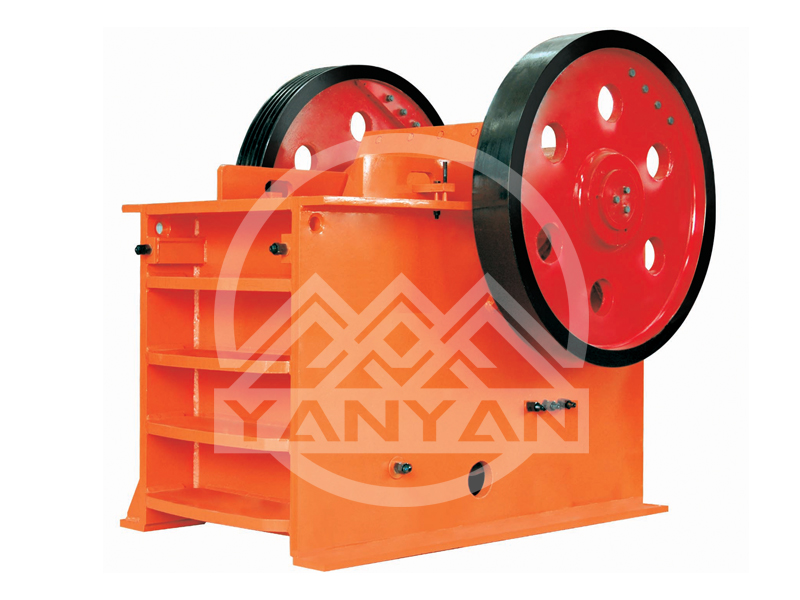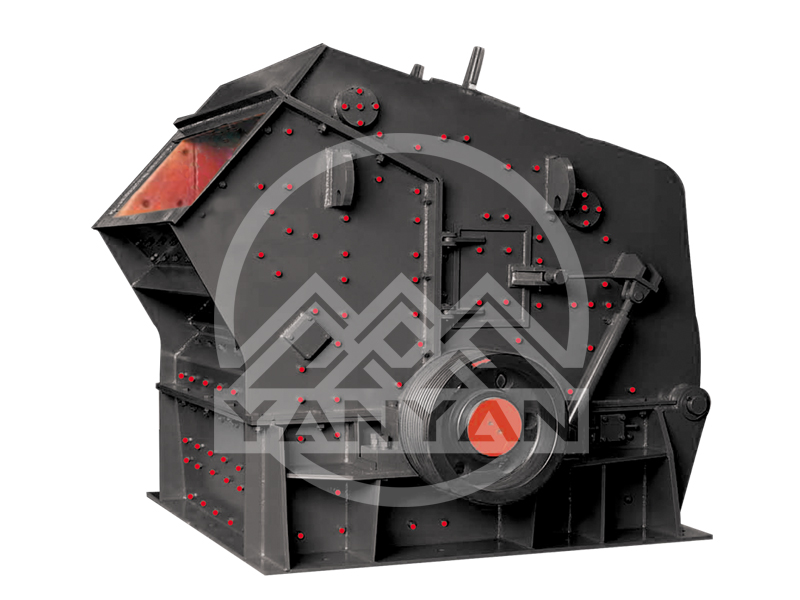In the realm of material processing and mining industries, crushers play a pivotal role in reducing the size of rocks and minerals. Among the various types of crushers available, Jaw Crushers and impact crushers are commonly used. However, many people often confuse these two types of crushers due to their similar names and functions. In this article, we will delve deep into the differences between Jaw Crushers and impact crushers, exploring their working principles, applications, advantages, and limitations to provide you with a comprehensive understanding.
Working Principles
Jaw Crusher
The Jaw Crusher, also known as a hammer mill, operates by utilizing the impact force generated by high-speed rotating hammers. The main components include a rotor with hammers, a screen, and a打击 plate. The material enters the crusher and is struck by the rotating hammers, causing it to break into smaller pieces. The broken material is then thrown against the screen, which allows particles smaller than the screen size to exit, while larger particles continue to be struck by the hammers until they are reduced to the desired size.

Impact Crusher
The impact crusher, on the other hand, relies on the principle of impact between the rotor and the stationary components within the machine. It consists of a rotor with impact bars, a blow bar, and a crushing chamber. When material enters the crusher, it is impacted by the high-speed rotating rotor, which propels it against the stationary components such as the anvil . This impact causes the material to break and fracture. The process is repeated as the material moves through different stages within the crushing chamber until it reaches the required particle size.

Applications
Jaw Crusher
Jaw Crushers are versatile machines suitable for a wide range of materials. They are commonly used in the processing of limestone, coal, gypsum, and other soft to medium-hard materials. Their ability to handle wet and sticky materials makes them ideal for applications in the coal washing and preparation industry. Additionally, Jaw Crushers find extensive use in the construction and demolition waste recycling sector, where they can efficiently reduce concrete, bricks, and other construction debris into reusable aggregates.
Impact Crusher
Impact crusher are primarily employed in the processing of hard and abrasive materials such as granite, basalt, and river gravel. They are widely used in the mining industry for primary and secondary crushing stages. Their high reduction ratio and cubical product shape make them suitable for producing aggregates for road construction, concrete production, and other infrastructure projects. Furthermore, impact crushers are also utilized in the recycling of asphalt pavements and metal ores due to their ability to generate clean and well-graded products.
Advantages and Limitations
Jaw Crusher
**Advantages:**
**High Reduction Ratio:** Jaw Crushers can achieve a significant reduction in material size in a single stage, making them efficient for applications requiring fine particle sizes.
**Wide Application Range:** Their ability to handle various materials, including those with high moisture content, expands their usage across different industries.
**Simple Structure and Easy Maintenance:** The relatively straightforward design of Jaw Crushers allows for easy access to components for maintenance and replacement.
**Limitations:**
**Wear and Tear:** The hammers and screen are prone to wear, especially when processing abrasive materials, leading to increased maintenance costs.
**Limited to Medium-Hard Materials:** While they can handle a variety of materials, Jaw Crushers are not as effective for extremely hard or abrasive substances compared to impact crushers.
Impact Crusher
**Advantages:**
**High Crushing Capacity:** Impact crushers can process large volumes of material efficiently, making them suitable for high-production environments.
**Excellent Product Shape:** The cubical shape of the crushed product is highly desirable for construction applications, enhancing the quality of aggregates.
**Adjustable Discharge Size:** By adjusting the gap between the rotor and the stationary components, the discharge size can be controlled to meet specific requirements.
**Limitations:**
**High Initial Cost:** The complex structure of impact crushers results in higher initial investment compared to Jaw Crushers.
**Sensitive to Feed Material:** The performance and lifespan of impact crushers can be significantly affected by the hardness and abrasiveness of the feed material.
Conclusion
Understanding the differences between Jaw Crushers and impact crushers is crucial for selecting the appropriate equipment for your specific application. Jaw Crushers offer versatility and simplicity, making them ideal for processing a variety of materials, particularly those with medium hardness and high moisture content. In contrast, impact crushers excel in handling hard and abrasive materials, delivering high crushing capacity and superior product quality. By evaluating your project requirements, material characteristics, and budget constraints, you can make an informed decision to optimize your crushing operations and achieve the desired results efficiently and cost-effectively.